Cluster Beans Seeds (Cyamopsis tetragonoloba)
Cluster Beans Seeds, Cluster beans are an easy-to-grow legume that thrives in warm, dry conditions. By providing well-draining soil, regular watering, and proper care, you can enjoy a bountiful harvest of tender pods. Whether used fresh or saved for future plantings, cluster beans make an excellent addition to your garden.
- Estimated Delivery : Up to 3 business days
- Free Shipping & Returns : On all orders over ₹550 in Bangalore
Cluster Beans Seeds, Cluster beans, also known as guar, are a hardy legume that thrive in hot, dry climates. They are valued for their tender pods and are often used in Indian cuisine.
1. Seed Selection
• Choose disease-free, high-quality seeds from a reliable source.
• Opt for a variety that suits your climate, as some may be more drought-tolerant or faster-growing than others.
2. Planting Time
• Plant cluster bean seeds during late spring or early summer when temperatures are between 77-95°F (25-35°C).
• These beans prefer warm, dry climates, so avoid planting in cool or wet conditions.
3. Soil Preparation
• Use well-drained, sandy loam soil enriched with organic compost.
• Cluster beans tolerate slightly alkaline soils, with a preferred pH range of 7.0-8.5.
• Avoid waterlogged soils, as the roots are prone to rot.
4. Seed Sowing
• Sow seeds ½ inch deep and space them 6-8 inches apart, with rows spaced 18-24 inches apart.
• Water gently after sowing to ensure good seed-to-soil contact.
5. Germination
• Seeds will germinate within 6-10 days if the soil temperature is between 77-95°F (25-35°C).
• Keep the soil consistently moist during the germination period.
6. Watering and Care
• Water the plants regularly, especially during dry spells, but avoid overwatering as they are drought-tolerant.
• Mulch around the plants to retain moisture and suppress weeds.
• Cluster beans benefit from a trellis or stake for support as they grow.
7. Fertilizing
• Apply a balanced fertilizer (NPK 10-10-10) at the time of planting.
• Once the plants are established, side-dress with compost or a nitrogen-rich fertilizer to encourage pod development.
8. Pests and Diseases
• Monitor for aphids, jassids, and caterpillars. Use neem oil or insecticidal soap to manage infestations.
• Ensure good air circulation to prevent fungal diseases like powdery mildew.
• Rotate crops annually to reduce the risk of soil-borne diseases.
9. Harvesting
• Harvest the pods when they are young and tender, typically 40-60 days after sowing.
• Regular harvesting encourages the plant to produce more pods.
• Use a sharp knife or scissors to avoid damaging the plant when harvesting.
10. Seed Saving
• Allow a few pods to mature fully on the plant until they turn brown and dry.
• Harvest the dried pods and remove the seeds.
• Store the seeds in a cool, dry place for the next planting season.
Conclusion
Cluster Beans Seeds, Cluster beans are an easy-to-grow legume that thrives in warm, dry conditions. By providing well-draining soil, regular watering, and proper care, you can enjoy a bountiful harvest of tender pods. Whether used fresh or saved for future plantings, cluster beans make an excellent addition to your garden.


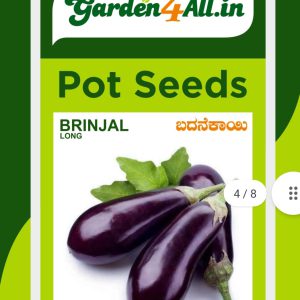
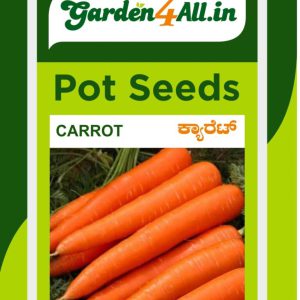
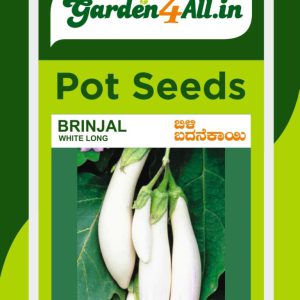
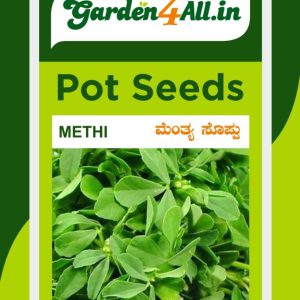
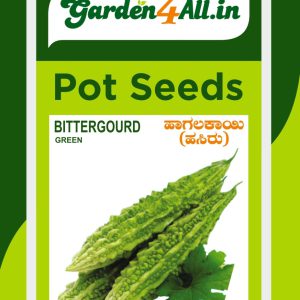
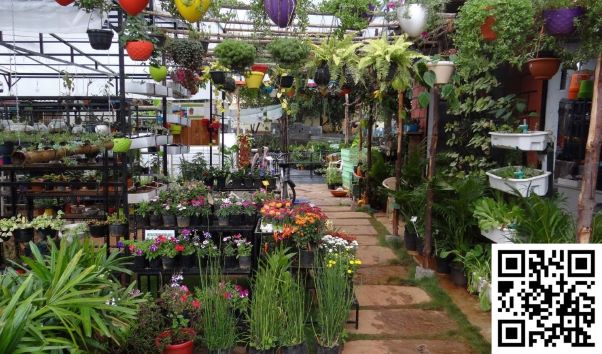

Reviews
There are no reviews yet.